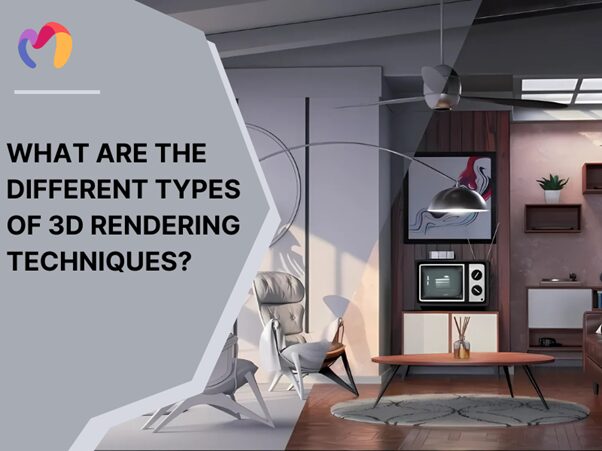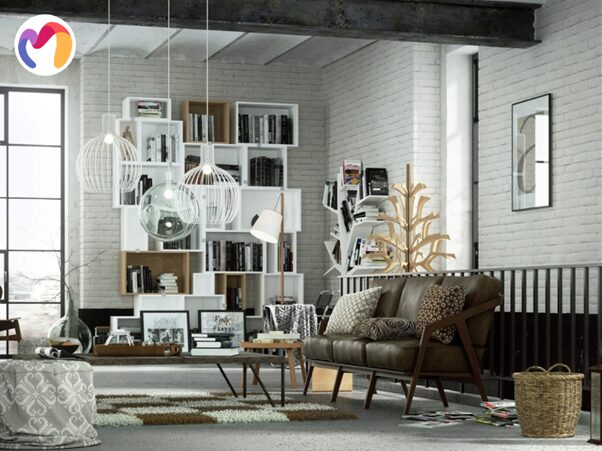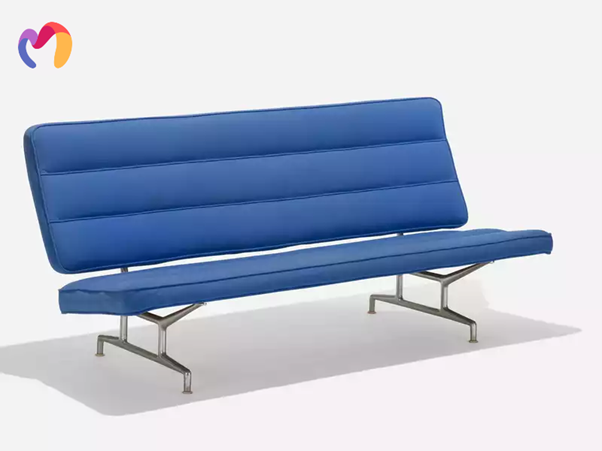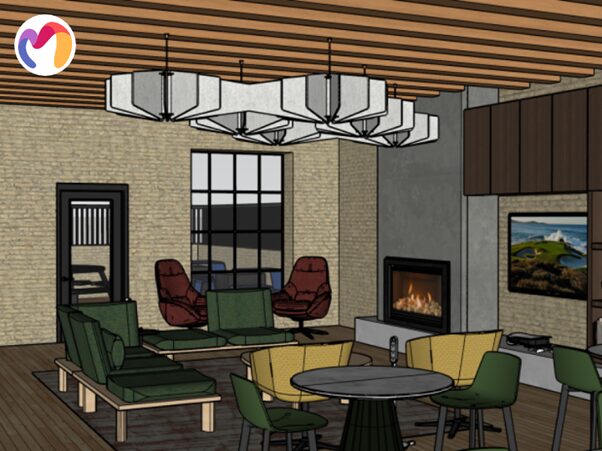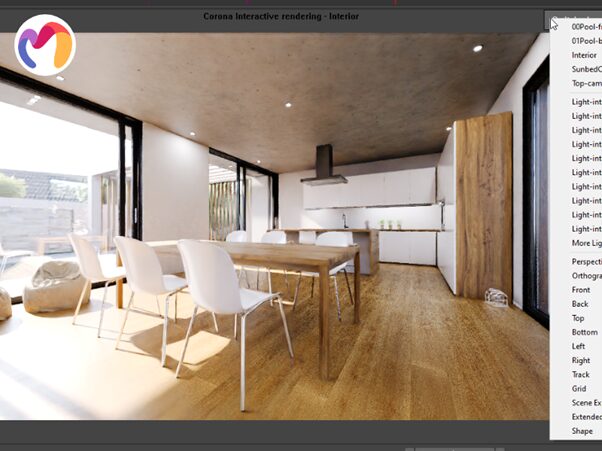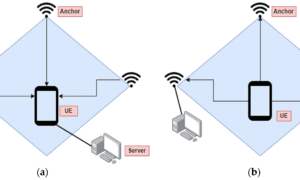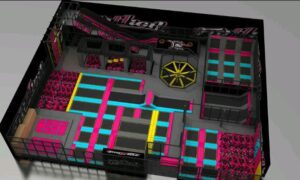3D rendering transforms design concepts into visual realities, serving as the backbone of modern interior design, architecture, and exterior visualization. The selection of appropriate rendering techniques directly impacts the final visual outcome, project timelines, and computational resources required for completion. Knowledge of these rendering approaches enables designers to make informed decisions based on specific project needs, balancing factors like rendering speed, visual quality, and technical limitations.
3D rendering transforms design concepts into visual realities for various fields.
Rasterization
Rasterization converts three-dimensional models into pixel-based images through a polygon mesh system. This technique processes collections of vertices, each containing specific color and texture data that rendering software interprets to fill polygon areas with appropriate visual characteristics. Graphics processing units (GPUs) execute these calculations with remarkable speed, making rasterization the primary method for applications requiring immediate visual feedback.
Architectural walkthroughs and virtual reality systems rely on rasterization for their computational efficiency. The process prioritizes rendering speed over absolute photorealism, allowing complex geometries like a table 3d model to display instantly in interactive environments. Memory optimization techniques enhance performance by selectively rendering only visible elements from the current viewpoint. Rasterization converts 3D models into pixel images using polygon meshes.
Ray-Casting
Ray-casting projects virtual light rays from the viewer’s perspective to determine visible surfaces in a 3D scene. This technique calculates precisely where light interacts with objects, creating accurate shadows, reflections, and material appearances with minimal computational load. Designers can quickly visualize home furnishings like a bed 3d model free download with realistic lighting conditions and surface textures.
The geometric transformation process converts complex 3D data into viewable projections, offering several advantages:
- Superior handling of curved surfaces and organic shapes
- Accurate representation of transparent and reflective materials
- Efficient calculation of lighting effects and shadows
- Balanced compromise between speed and visual quality
Ray-casting projects light rays to determine visible surfaces in 3D scenes.
Ray-Tracing
Ray-tracing simulates light physics by tracking individual rays interacting with virtual environments. This technique sends primary rays from the camera viewpoint to objects, generating secondary rays that calculate reflections, refractions, and shadows based on material properties. Though computationally demanding, ray-tracing delivers unmatched photorealism.
Key visual achievements include:
- Physically accurate soft shadows
- True reflections across multiple surfaces
- Authentic refraction through transparent materials
- Natural lighting gradients and ambient occlusion
- Caustics—concentrated light patterns from curved surfaces
Architectural firms prioritize ray-tracing for presentations where visual fidelity trumps processing speed. Recent GPU advancements with dedicated ray-tracing cores have dramatically reduced rendering times, bringing this technology into more mainstream applications.
Ray-tracing simulates light physics by tracking individual rays in virtual environments.
Interactive-Rendering
Interactive rendering processes 3D scene data in real-time, allowing users to manipulate viewpoints and object parameters with instant visual feedback. The technique shares computational approaches with rasterization, optimizing calculations to maintain smooth frame rates during user interactions. Graphics engines prioritize visual elements with the greatest impact while simplifying secondary details to maintain performance.
Design studios implement interactive rendering systems to accelerate client feedback loops and design revisions. Architects can adjust building materials, lighting conditions, and spatial arrangements while clients observe the changes immediately. This immediate visualization capability reduces project timelines and improves stakeholder communication during critical design phases.
Interactive rendering processes 3D scene data in real-time with instant visual feedback.
Scanline Rendering
Scanline rendering processes 3D scenes one horizontal line at a time, methodically working through the image from top to bottom. This approach sorts polygons by vertical position before calculating color, texture, and lighting values. Pre-computed lighting effects allow this technique to maintain high frame rates while handling complex geometric scenes.
Key advantages include:
- Faster processing compared to ray-tracing methods
- Efficient memory usage for polygon-heavy environments
- Predictable rendering times for project scheduling
- Smooth performance with dynamic camera movements
Architectural visualization studios rely on scanline rendering for presentations requiring quick turnaround times, balancing visual quality with production efficiency.
Conclusion
Rendering techniques serve distinct purposes across the visualization spectrum, from rasterization’s speed to raytracing’s photorealism. Project requirements dictate the optimal approach—interactive rendering and scanline methods excel in time-sensitive scenarios, while ray-casting and ray-tracing deliver superior visual fidelity at increased computational cost. Designers benefit from understanding these fundamental differences to select appropriate methods for interior presentations, exterior visualizations, and architectural walkthroughs.

